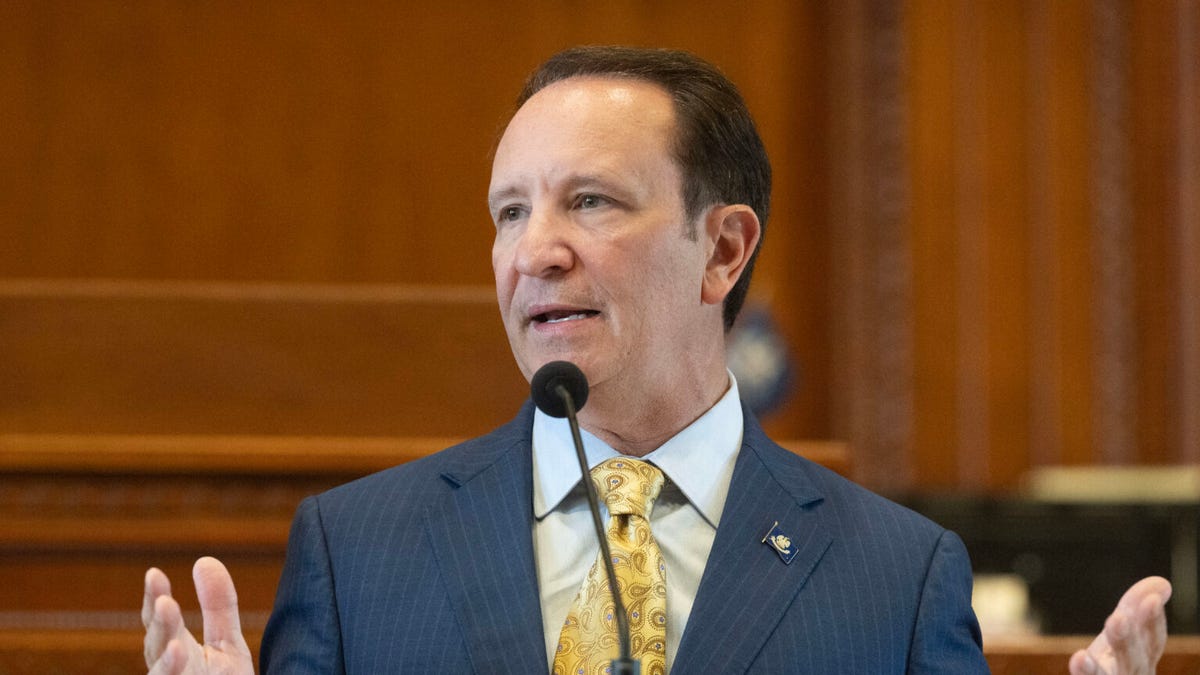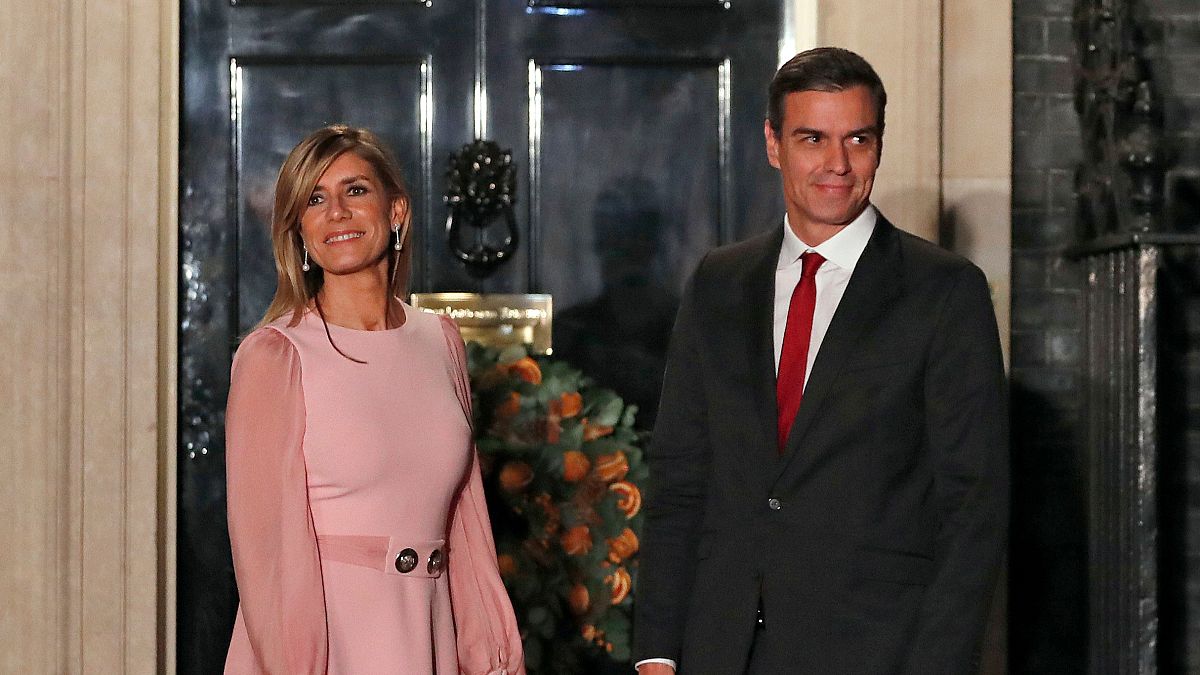Culture
Roger Craig, Teacher of an Era-Defining Pitch, Is Dead at 93

Roger Craig, who pitched or managed in five World Series and changed the face of pitching in the 1980s as the guru of the split-fingered fastball, died on Sunday. He was 93.
His family said the death came after a short illness, according to a spokesman for The San Francisco Giants, a team Craig managed for eight seasons, leading them to the National League pennant in 1989. A family member said Craig died in San Diego, a team spokesman told The Associated Press.
For some, Craig was a figure in baseball trivia: He was the starting pitcher for the Dodgers in their final game before moving from Brooklyn to Los Angeles, and five years later, in 1962, he threw the first pitch in the Mets’ history. He was the loser both times. He lost 24 games and then 22 for the dreadful Mets in their first two seasons, including 18 in a row in 1963. But he had his moments when backed by good-hitting lineups.
A lanky 6-foot-4 right-hander who, it was often noted, bore a remarkable resemblance to President Lyndon B. Johnson, Craig pitched in three World Series for the Dodgers in the 1950s and another with the St. Louis Cardinals in 1964. In managing the Giants to the 1989 N.L. pennant, he implored his players to hustle with the mantra “Humm baby” and taught his pitchers to throw the split-fingered fastball.
Craig spread the gospel of the split, thrown with the same motion as a traditional fastball but able to confound batters because the pitcher gripped the baseball with his index and middle finger spread widely apart, and parallel to the seams instead of across them.
“The split finger is, simply, a fastball that you put an extra spin on so that it drops down in front of the batter so fast that he don’t know where it’s goin’,” Craig explained in a 1988 interview with Playboy. “Every pitcher with brains who wants to stick around wants to learn it.”
As the pitching coach for the Detroit Tigers, Craig taught the delivery to the right-hander Jack Morris, who helped propel the team to the 1984 World Series championship and was inducted into the Baseball Hall of Fame in 2018.
After leaving the Tigers when his salary demands were unmet, Craig taught the split-fingered fastball to the Houston Astros’ right-hander Mike Scott, who had sought his advice. Scott went on to win the 1986 N.L. Cy Young Award. As Scott once put it, “God bless Roger Craig.”
“Everyone was throwing that pitch,” Mike Scioscia, who caught for the Dodgers in the 1980s and later managed the Angels, told The Associated Press in 2011. “It was the pitch of the ’80s just like the pitch of the ’60s was a slider.”
Roger Lee Craig was born on Feb. 17, 1930, in Durham, N.C., one of 10 children of John and Mamie Craig. His father was a shoe salesman. He was spotted by a part-time scout for the Dodgers while pitching in high school, then signed by the team out of North Carolina State University in 1950. After pitching in the Dodgers’ minor league system and serving in the Army, Craig made his debut with Brooklyn in July 1955.
He had a 5-3 record over 21 games, 10 of them starts, then beat the Yankees in Game 5 of what became the only World Series a Brooklyn team would win. He pitched for the Dodgers again in the 1956 World Series, taking the loss in Game 3 of the seven-game series win for the Yankees.
A fastball pitcher early in his career, Craig developed arm problems that he attributed to throwing in cold and damp weather as the starter on Sept. 29, 1957, at the Philadelphia Phillies’ Connie Mack Stadium, in the final game the Dodgers played before moving to Los Angeles.
Craig was back in the minors for much of 1958 and for part of the 1959 season while rehabilitating from his injury. He never regained the speed on his fastball but when he returned to the Dodgers for good in 1959 he concentrated on getting ahead of batters in the count. That year, he revived his career as a control pitcher and had his best major league season, posting an 11-5 record while leading the N.L. in shutouts, with four, as the Dodgers won their first pennant in Los Angeles. He started twice in the World Series against the Chicago White Sox, with one loss and one no-decision in a game won by the Dodgers, who took the Series in six games.
Craig pitched mostly in relief before he was chosen by the Mets as their No. 3 selection in the October 1961 expansion draft, after catcher Hobie Landrith and infielder Elio Chacon. He was the sixth pick overall since the Mets alternated with Houston, the other new team, in the draft order.
The Mets traded Craig to the Cardinals before the 1964 season, and he won Game 4 of the World Series in relief as St. Louis beat the Yankees in seven games. He later pitched for the Cincinnati Reds and the Phillies and finished his career with a record of 74-98.
Craig began teaching the split-fingered fastball, a variation on a lower-velocity delivery called the forkball, when he managed the San Diego Padres in 1978 and ’79. The future Hall of Fame reliever Bruce Sutter had been using the pitch for several years with the Chicago Cubs, having learned it from their roving instructor, Fred Martin, when he was in the minors. While Craig did not “discover” the split finger, he proved especially adept at teaching it.
After five years as a Tigers coach, Craig became the Giants’ manager with 18 games left in the 1985 season and remained with the team for seven more years. The highlight of his tenure came in was 1989, when the Giants won an N.L. pennant for the first time since 1962, although they were swept by the Oakland Athletics in an earthquake-delayed World Series. He retired after the 1992 season and had spent time on his Southern California ranch in Borrego Springs in his later years.
The split-fingered fastball remained a part of pitchers’ arsenals in the years that followed Craig’s retirement, but it gradually declined in popularity over concerns that it can put undue stress on a pitcher’s arm.
“We have lost a legendary member of our Giants family,” Larry Baer, the Giants’ chief executive, said in a statement. “Roger was beloved by players, coaches, front office staff and fans. He was a father figure to many and his optimism and wisdom resulted in some of the most memorable seasons in our history.”
He is survived by his wife, Carolyn; three daughters, Sherri Paschelke, Teresa Hanvey and Vikki Dancan; a son, Roger Jr.; seven grandchildren; and 14 great-grandchildren, the Giants said.
In looking back on his career, Craig shared wry memories of pitching for Casey Stengel’s Mets.
As he related it to CBS Sports in 2013, Stengel would tell him more or less the following: “Mr. Craig, I know you pitched nine innings today and won’t pitch again for four days, but don’t throw between starts just in case we’re ahead. I may need you to pitch an inning or two.”

Culture
Rosenthal: Why the Orioles' latest scouting triumph is a 34-year-old journeyman pitcher

Albert Suárez is not your typical Baltimore Orioles phenom. His path was quite different than that of Jackson Holliday, the game’s No. 1 prospect; Colton Cowser and Jordan Westburg, the back-to-back American League Players of the Week; or Heston Kjerstad, the latest young hotshot to join the club after leading the Triple-A International League with 10 homers in 21 games.
Those players were high draft picks, top 100 prospects, the products not just of enviable draft positions stemming from years of tanking, but also of a front office hitting on one selection after another. Suárez, after only two starts, looks like another organizational triumph. But he’s 34. The Orioles are his fifth major-league organization. And he spent the past five seasons in Japan and Korea.
When Suárez made his Orioles debut on April 17, he had gone six years, 204 days between major-league appearances. He pitched 5 2/3 scoreless innings against the Minnesota Twins that day, another 5 2/3 scoreless against the Los Angeles Angels on Monday night. Not bad for a guy who joined the Orioles on a minor-league contract last September. Blake Snell, who signed a two-year, $62 million free-agent deal with the San Francisco Giants, has an 11.57 ERA after three starts.
The addition of Suárez, announced by the Orioles as one of seven minor league deals on Dec. 30, was the kind of offseason transaction that elicits little more than a yawn. But for Mike Snyder, the Orioles’ director of pro scouting, the move was years in the making. He first identified Suárez as a possible target in the fall of 2017, while preparing for the Rule 5 draft. Mike Elias was a year from becoming the Orioles’ general manager.
Suárez had been a swingman for the San Francisco Giants in 2016 and a reliever in ‘17. But the Giants, after re-signing him to a minor-league deal, declined to protect him on their 40-man roster. The Arizona Diamondbacks grabbed Suárez in the Rule 5 draft, then stashed him at Triple A. Suarez, who signed at 16 out of Venezuela with the Tampa Bay Devil Rays in 2006, sought a fresh start. The following year, he began his journey to Asia.
He often was injured during his three seasons in Japan, but pitched well as a starter during his two seasons in Korea.
The Orioles continued to monitor him. Snyder wanted to sign him in the fall of 2022. But Suárez returned to the Samsung Lions with a seven-figure guarantee — a better opportunity than any major-league team was willing to give him.
What changed last year?
Suárez suffered a left calf injury in early August. The Lions, facing a Korea Baseball Organization cap on the number of foreign players they could carry, released him to replace him with another import, Taylor Widener. Snyder, seeing an opportunity that had not existed previously, contacted Suárez’s agent, Peter Greenberg.
“He’d been trying to get Albert for maybe the last three years. But the market in Asia moves very quickly,” Greenberg said. “He would always come to me early in the offseason here, but Albert would already have signed back in Japan or Korea. (Last year), though, he came to me and said, ‘I’m not going to be late this time. I want to try to sign Albert.’”
Snyder’s timing finally was right. The Lions wanted Suárez back, Greenberg said, but at a reduced salary in the $700,000-$800,000 range. Suárez was tired of being away. He is married with three children, ages 11, 8 and 4. The family lives in Katy, Texas. He had made decent money in Asia. He was ready to return full-time to the U.S.
Albert Suárez is the first pitcher with an outing of 5+ innings and no runs allowed in each of his first 2 appearances after not appearing in MLB for 5+ years, since the mound was moved to its current distance in 1893
h/t @EliasSports , @ColeJacobson32 https://t.co/rYwevszGHd
— Sarah Langs (@SlangsOnSports) April 23, 2024
The Orioles under Elias generally are selective in signing minor-league free agents. They don’t like releasing such players in spring training, and prefer their draftees to get the bulk of playing time in the minors. Elias, though, said he entrusts Snyder and his pro scouting group to handle minor-league deals for pitchers. Special assignment scout Will Robertson and pro scouting analyst Ben MacLean, in particular, vouched for Suárez, Snyder said.
“We are always conscious of the difficulty of finding starting pitching. And we saw flashes with him over the years,” Snyder said. “He had been working in a length (role), throwing strikes. He had gained some velocity, starting in 2018 in relief, and sustained that a little bit in Asia. He (also) improved his secondaries.
“We sold him on an opportunity in spring training, that we would give him some rope. We didn’t promise he was going to make the rotation. We didn’t make any promises. If anything, we undersell things. And I think in the long run, that really helps us. When we say we have an opportunity, it’s a legitimate opportunity.”
Signing Suárez in September enabled the Orioles to bring him to their fall pitching camp in Sarasota, Fla., where he met their high-performance, training and coaching staffs. Assistant pitching coordinator Adam Schuck and minor-league pitching coordinator Mitch Plassmeyer developed a plan for him. A number of other coaches also worked with Suárez, helping him tweak his delivery so that he wouldn’t need to make adjustments while trying to make the club in the spring (Plassmeyer is now the major-league team’s assistant pitching coach).
Suárez’s ERA in spring training was 5.17, but he nonetheless impressed manager Brandon Hyde and his staff, striking out 19 and walking only two in 15 2/3 innings. In one exhibition against the Philadelphia Phillies, he struck out seven in three scoreless innings against a lineup composed predominantly of regulars.
“He opened our eyes from the stuff that was coming out of his hand,” Hyde told reporters when the team summoned Suárez to replace the injured Tyler Wells. “You see 96 and you see him throw his fastball by guys with life, and then the secondary stuff he was throwing for strikes also. And he kept doing it every five days. We were excited about it.”
Suárez was excited, too, telling Greenberg even after he got sent down, “This was my favorite spring training in a long time.” In Snyder’s view, Suárez returned from Asia as many pitchers do, more refined in his approach, more advanced in his craft. He also learned to pitch in front of large crowds, making the majors less intimidating than perhaps they once were.
It’s only two starts. But the Orioles appear to have nailed it again.
“They saw something a lot of people didn’t,” Greenberg said.
(Top photo of Albert Suárez: Scott Taetsch/Getty Images)
Culture
Who is the GOAT: LeBron or Jordan? Current players weigh in

Some debates deserve a stage of their own.
So while our (anonymous) NBA player poll was released Monday, with a record 142 players weighing in on some of the most interesting questions surrounding their league, we decided to dive even deeper into the age-old GOAT discussion because there’s a fascinating voting trend that simply must be explored.
While Michael Jordan won the “Greatest of All Time” category for the third consecutive time, his once-massive lead over LeBron James has shrunk significantly with every passing poll. This time around, James almost took the mantle. The data speaks loud and clear…
- 2019 (the first time The Athletic conducted the poll): Jordan earned 73 percent of the votes, with James second at 11.9 percent (a gap of 61.1 percentage points)
- 2023: Jordan earned 58.3 percent of the votes, with James second at 33 percent (a gap of 25.3 percent)
- 2024: Jordan earned 45.9 percent of the votes, with James second at 42.1 percent (a gap of just 3.8 percent)
But why has Jordan’s lead shrunk so much? We wanted to let the players themselves explain.
The consistent rationale among LeBron voters, both old and new, is that his longevity is the ultimate difference-maker between the two. He’ll be 40 years old on Dec. 30, yet is still great enough to be widely considered one of the best players in today’s game. While Jordan was epic in his 14-year career, from his 6-0 record in the NBA Finals to his five Most Valuable Player awards and his incredible two-way play, many players shared the view that James’ ability to remain elite for more than two decades puts him over the top.
Jordan, to review, retired twice (in 1993 and 1998) during his storied career and played 14 seasons in a 19-year span. When he was James’ age, in the last of his two forgettable seasons in Washington, he was putting up good numbers on a bad Wizards team that went 37-45 in both of his postseason-less campaigns. James, meanwhile, has saved some of his best work for last:
- He broke Kareem Abdul-Jabbar’s all-time scoring record on Feb. 7, 2023
- He led the Los Angeles Lakers to the Western Conference finals three months later
- He led the Lakers to an (inaugural) In-Season Tournament title in December
- He became the first player to be named to a 20th All-Star team in February
- He was one of three players to average at least 25 points, eight assists and seven rebounds this season (the others were Nikola Jokić and Luka Dončić)
Out of respect for the GOAT incumbent, we’ll begin by highlighting this nuanced opinion from a Jordan voter who believes MJ’s influence on the entire sports world — not just basketball — is a deciding X-factor.
“The greatest ever is LeBron James, (but) the greatest of all time is Michael Jordan,” the player said. “The difference is stats. When you talk about impact, Michael Jordan. When you talk about stats and numbers, LeBron. Mike has the most impact, so that makes him the greatest ever in all aspects because he doesn’t just impact basketball. He impacts people who look up to him in tennis and football. But you won’t hear that about LeBron. … LeBron changed the game, but more so how it’s played. Jordan changed how it’s viewed. And that’s a big difference.”
Yet as the many LeBron voters detailed below, it goes much deeper than that for them. The microphone is theirs:
“I think what Jordan did in (14) years is crazy, but you’d have to add a whole lot of other things (for him to catch up with James). I think we got MVP fatigue with ‘Bron. I think he should have like seven (MVPs, rather than four). I think ‘Bron should have D-Rose’s (Derrick Rose) MVP (in 2010-11). I think he should have KD’s (Kevin Durant) MVP (in 2013-14). I think he should have James Harden’s MVP (in 2017-18). There’s a lot of MVPs he should have had.”
“Who would I draft in an all-time draft? That’s the way I look at it, you know what I’m saying? Some people look at it like, ‘Who do I want taking the last shot?’ Blah, blah, blah, all this other sh–. But in an all-time draft, I’m choosing LeBron. Why? I get 20 years of greatness, and I get somebody who plays one through five (point guard through center). And let me just say, the person I choose No. 2 would be Shaq (O’Neal), the most dominant player of all time. So in my GOAT debate, I would go 1-2 like that. And this is coming from a Kobe (Bryant) fan.
“Winning, era-wise, is tough. And obviously, you’ve got Mike as the killer. But then, how does he (adjust to the rise of) the 3-point shot? There are questions if we take off the Teflon MJ cloak. If you took players from right now and put them back then, we’re faster, stronger, more skilled. We’d kill them. It is what it is. Part of the reason Michael was Michael was he was the first of this generation’s athletes: 6-foot-6, 40-inch vertical, which back in the ’80s was insane. But we’ve got rookies and role players doing that nowadays. ‘Bron is 6-foot-9, 260 pounds, with a 50-inch vertical. That’s probably what it’s gonna look like in 2045. And then we’re gonna be looking at it like, ‘I don’t know if I could play with those little kids.’ (Nowadays) in high school, people are taking off from the free-throw line and windmill dunking on people. When I was in school, barely finishing a windmill was a thing. … Now, it’s like these kids are windmilling on kids, doing it in eighth grade. It’s part of evolution. And even with basketball, once people see sh– is possible, they try to do it. When I was a kid, Kobe barely did the through-the-legs dunk. That’s what we aspired to do. Now people are looking at Zach LaVine and the free-throw line 360 and other wild sh–. … It’s part of how this sh– grows.”
“(LeBron) for sure. I think him being able to literally do everything and win (titles) with so many different organizations (the Cleveland Cavaliers, Miami Heat and Lakers) and also having the most points in his career, along with figuring out how to have longevity in his career. Everybody’s looking to have longevity, and he figured it out. He figured it out at the highest level. It doesn’t make any sense.”
“LeBron James is without a doubt the greatest player to ever touch a basketball. What he brings to the court, and for long he has, that’s my thing.”
“I’d say LeBron. Just to be able to do it for 20 years, it’s insane. I think it’s more of a longevity thing that you have to look at there, and (how) still every year he’s playing at the highest level. With the highest expectations (placed on him), he had everything to lose in terms of coming into the league. It would’ve been very easy for him to underachieve and not meet those expectations, I think he’s far surpassed them, all of them, somehow. … Being on the floor, the closer you are to the game, the more of a sense (you get) for how great LeBron is, how he sees things, how he talks. His impact on the game, his gravity on the game is felt.”
“(LeBron), easily. He’s the best at everything, His longevity, his consistency, his availability. And he’s won.”
“For me, personally, growing up, (James) has just been the pinnacle. Being a Midwest kid, I remember him being in Ohio at (St. Vincent-St. Mary High School), and I’m hearing about him as a young kid. And just seeing him come up and seeing him do everything that he’s done since he’s been in the league has just been amazing. It’s a testament to him and all the hard work. It’s not normal what he’s doing. At all.”
“Longevity, consistency for 20 years-plus.”
Required reading
(Illustration: John Bradford / The Athletic; top photos of LeBron James and Michael Jordan: Justin Tafoya, Nathaniel S. Butler / Getty Images)
Culture
Ten Hag thinks Manchester United are unlucky. He's only partly right

You may have watched Manchester United reach their second FA Cup final in as many seasons by the leather of Haji Wright’s left boot and considered it a fortunate escape that their collapse from 3-0 up against Championship opposition did not deserve.
Erik ten Hag did not think United got lucky, though. If anything, he was at his most impassioned in his post-match press conference when discussing his side’s misfortune, specifically for Coventry City’s stoppage-time penalty, arguing it was an “absolutely crazy” decision to award a handball against Aaron Wan-Bissaka.
Ten Hag took much the same line of argument before United’s last Premier League outing against Bournemouth. While accepting that “like a minister” he will bear ultimate responsibility for results, he could not help but bemoan his side’s bad luck over the past eight months.
“It’s huge. A lot went against us this season,” he said. And though United’s misfortune is not limited to refereeing calls in Ten Hag’s mind, that was where he trained his focus.
“You see all the penalties we conceded last week (against Chelsea and Liverpool) could also have been going in another way. You think over the course of a season sometimes you will get one, sometimes you will concede one. This season it feels like we only concede.”
United have been awarded five penalties this season and have conceded 11, with four given away in the opening four games of the Champions League group stage. While most of those in Europe were not especially contentious, many of the six conceded in the Premier League have sparked debate.
Some have been soft — Rasmus Hojlund and Casemiro’s concessions against Manchester City and Wolverhampton Wanderers in particular — and others more debatable. None, it should be noted, have resulted in the officials responsible being stood down for the subsequent round of fixtures, as happened after Wolves were denied a penalty at Old Trafford on the opening weekend of the season.
All those decisions, however, are a matter of opinion. Outside of offside, most refereeing calls are subjective by nature and, as the era of VAR has taught us, there are different definitions of what constitutes a clear and obvious mistake.
Ten Hag has more substantive grounds for complaint on arguably the biggest single reason for United’s struggles: player injuries and enforced absences. The revolving door of United’s treatment room has seen all but four senior squad members — Bruno Fernandes, Andre Onana, Diogo Dalot and Alejandro Garnacho — pass through it at some point this year.
The 2-2 draw at Bournemouth was the first time United have named an unchanged line-up since the opening two games of a season ravaged by injury. According to data from transfermarkt, United’s squad have collectively spent 1,710 days sidelined since the start of the season.
Ten Hag said last week he has not been able to pick his “favourite” line-up since the 2-1 victory over Manchester City at Old Trafford in January of last year. Just as United’s injuries have appeared to abate, new concerns have cropped up.
Fresh problems for Willy Kambwala, Mason Mount and Sofyan Amrabat meant United’s absentee list swelled into double figures again ahead of the semi-final, while Marcus Rashford and Scott McTominay both appeared to be carrying issues when substituted at Wembley.
Marcus Rashford walks off after being injured at Wembley (Glyn Kirk/AFP via Getty Images)
The absence of either of his first-choice left-backs for the majority of the season has, Ten Hag feels, had a material effect on United’s ability to play the way he wants. Lisandro Martinez’s unavailability has deprived him of a player who had a transformative effect during his first year in Manchester.
But is it all down to luck or could certain things be done differently? United have set to work restructuring the medical department since the appointment of head of sports medicine Gary O’Driscoll. Sources, who asked to remain anonymous to protect their relationships, believe there have been noticeable improvements since the former Arsenal club doctor’s arrival and that restructuring continues apace.
Ten Hag’s training methods have also come under scrutiny and can be intense, particularly for those not involved in matches, who are put through rigorous sessions the day after games to maintain a consistent level of physical load across the squad. The fast, direct and often chaotic style of play that has been adopted this season also has to be considered as part of that equation.
Everybody knows by now that United face a lot of shots on goal — 574 in total in the Premier League this season. No top-flight team has faced as many on a per-game basis, but in the context of recent history, that figure only becomes all the more remarkable.
Since 2016-17, eight of the 15 top-flight sides to have faced more shots than United have been relegated. None have finished higher than 15th. At the current rate, United will surpass all of those 15 sides and yet even in the absolute worst-case scenario, they cannot finish any lower than 14th.
Ten Hag has defended United’s apparent willingness to give up shots by arguing they are predominantly low-quality chances and he has a point. The average shot United have faced in the league this season has had a 10 per cent chance of resulting in a goal.

Andre Onana has been busy this season (Clive Brunskill/Getty Images)
Brentford and Newcastle have the worst record in that regard, with the average shot having a 13 per cent chance of being scored. The difference between a 13 per cent and 10 per cent chance is small but significant. A marginal gain, if you like.
But if you concede at least 20 shots a game, as United have regularly been doing of late, and one in every 10 goes in, you’ll need to score three to win. The eighth-worst attack in the league, with only 47 goals in 32 league games, cannot count on that.
United’s 47 goals is level with Luton Town and in line with expected data, too. Defensively, Ten Hag’s side have conceded 48 goals — one of the Premier League’s better records — but from an expected total of 59.8.
Take one away from the other and United’s expected goal difference is -12.2, the fifth-worst in the league. Suddenly, that actual goal difference of -1 does not look so bad after all.
But nothing can change perceptions and narratives around a side like a favourable run of fixtures, in the short term at least, and United now face the Premier League’s bottom two at Old Trafford in the space of four days.
It should not need saying, but United are a better side than both Sheffield United and Burnley by any comprehensive measure. They should not need to get lucky to prove it.
(Top photo: Glyn Kirk/AFP via Getty Images)
-

 World1 week ago
World1 week agoIf not Ursula, then who? Seven in the wings for Commission top job
-
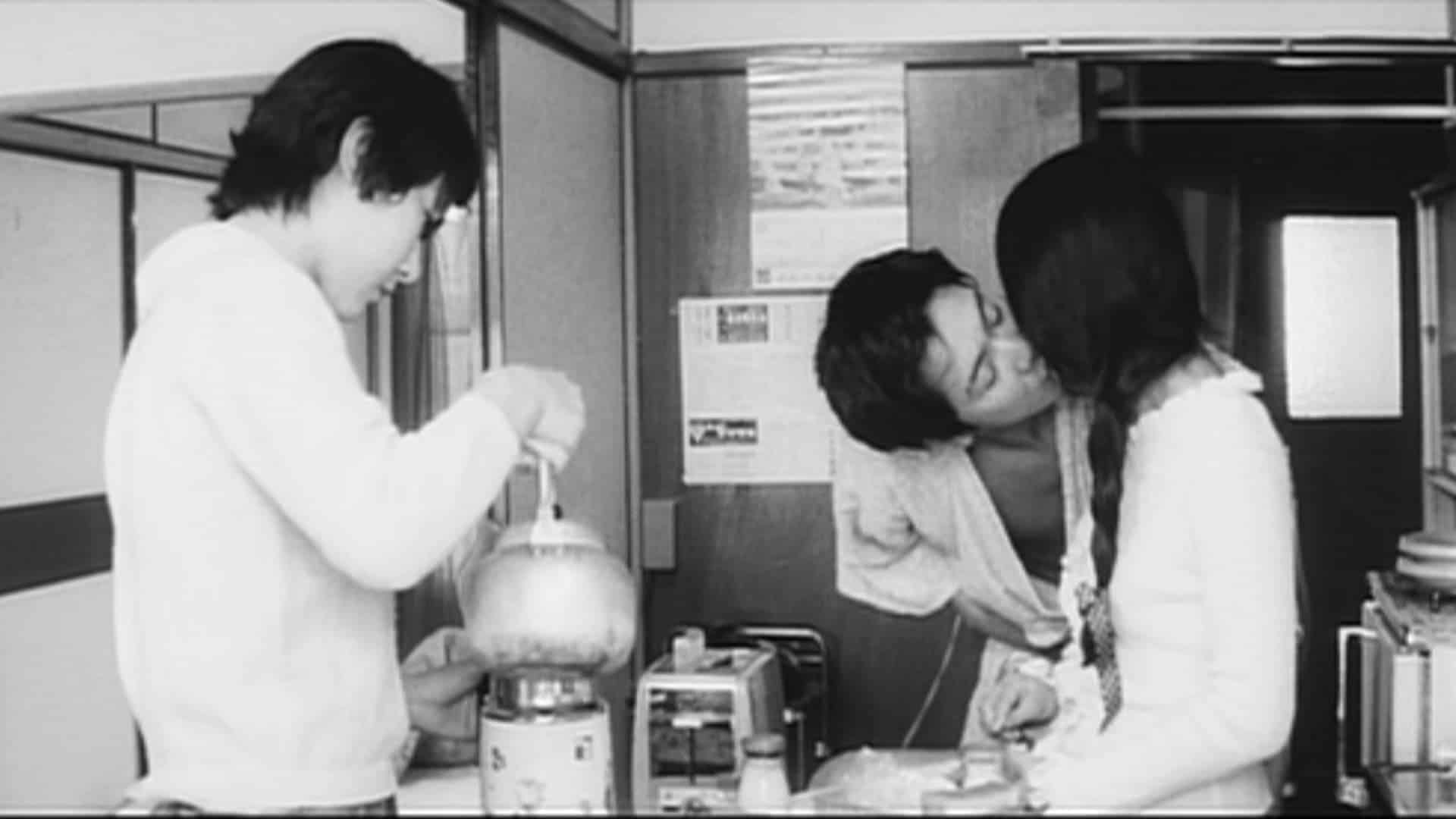
 Movie Reviews1 week ago
Movie Reviews1 week agoFilm Review: Season of Terror (1969) by Koji Wakamatsu
-
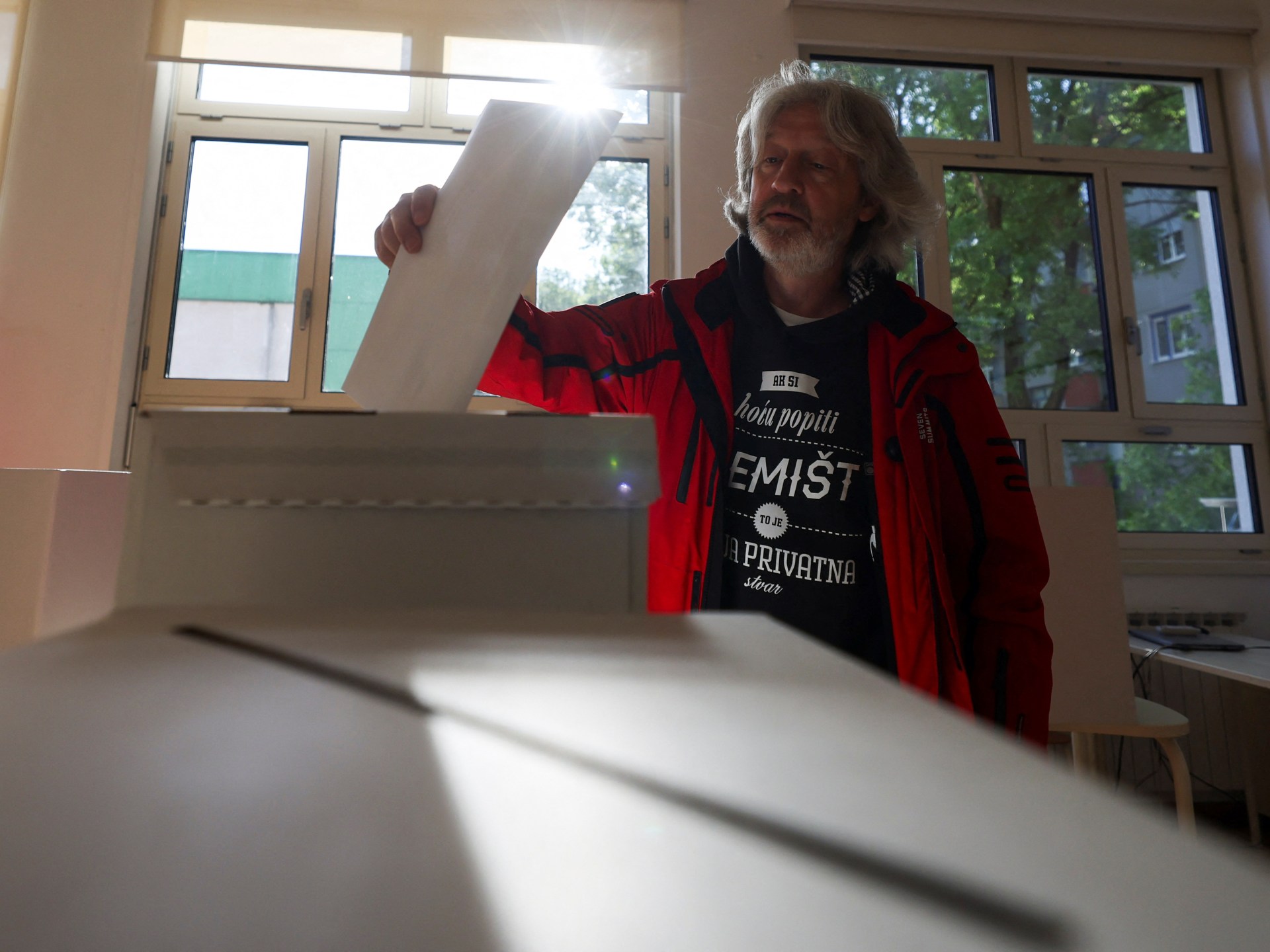
 World1 week ago
World1 week agoCroatians vote in election pitting the PM against the country’s president
-

 News1 week ago
News1 week agoGOP senators demand full trial in Mayorkas impeachment
-

 World1 week ago
World1 week ago'You are a criminal!' Heckler blasts von der Leyen's stance on Israel
-
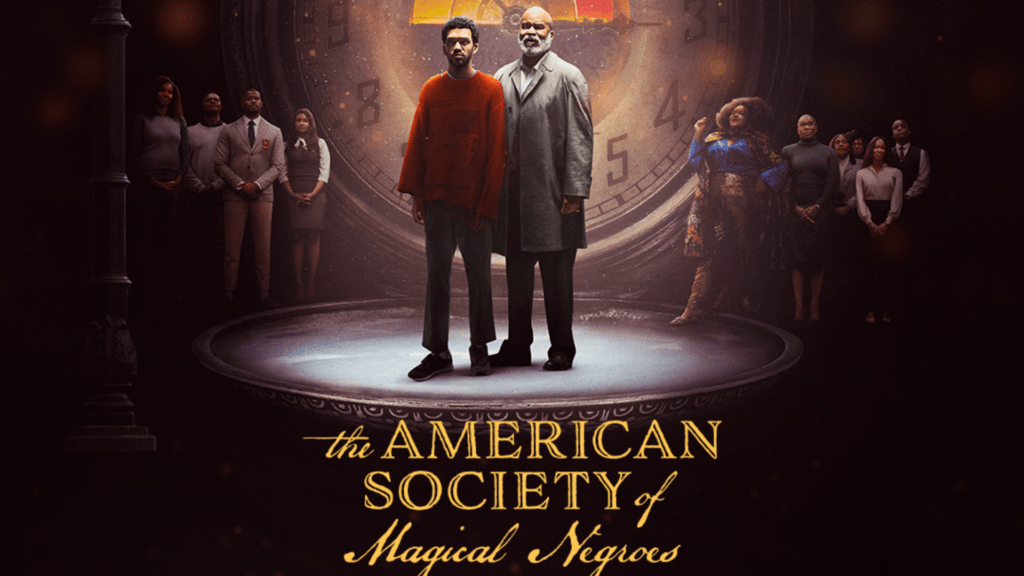
 Movie Reviews1 week ago
Movie Reviews1 week agoMovie Review: The American Society of Magical Negroes
-

 Politics1 week ago
Politics1 week agoTrump trial: Jury selection to resume in New York City for 3rd day in former president's trial
-

 World1 week ago
World1 week agoThe Take: How Iran’s attack on Israel unfolded
